Hot glue guns are a great tool for many projects, but they have their drawbacks. They can get hot enough to burn you, and take up valuable workspace. Thankfully there are other ways that you can use to attach objects together without having to worry about either of these issues! In this blog post, we will explore some different options so that you never have to worry about using a hot glue gun again.
Table of Contents
Best Alternative to Hot Glue Gun
There are many alternatives to a hot glue gun, but here are some of the best of them:
- The first alternative is a glue gun that uses liquid adhesive instead of hot melted glue to fasten items together. You can get such products at any home improvement store and it does not require electricity like other types of adhesives, which makes them very portable and easy to use while on the go! It’s definitely one of the most popular options for those looking for an alternative to a hot glue gun (and even hobbyists who prefer liquid glues). However, liquid adhesives don’t really work well if you need something heavy-duty or permanent rather than just temporary bonding. Liquid substitutes often have different chemical compositions from hot melts so they may lead your project in a whole different direction.
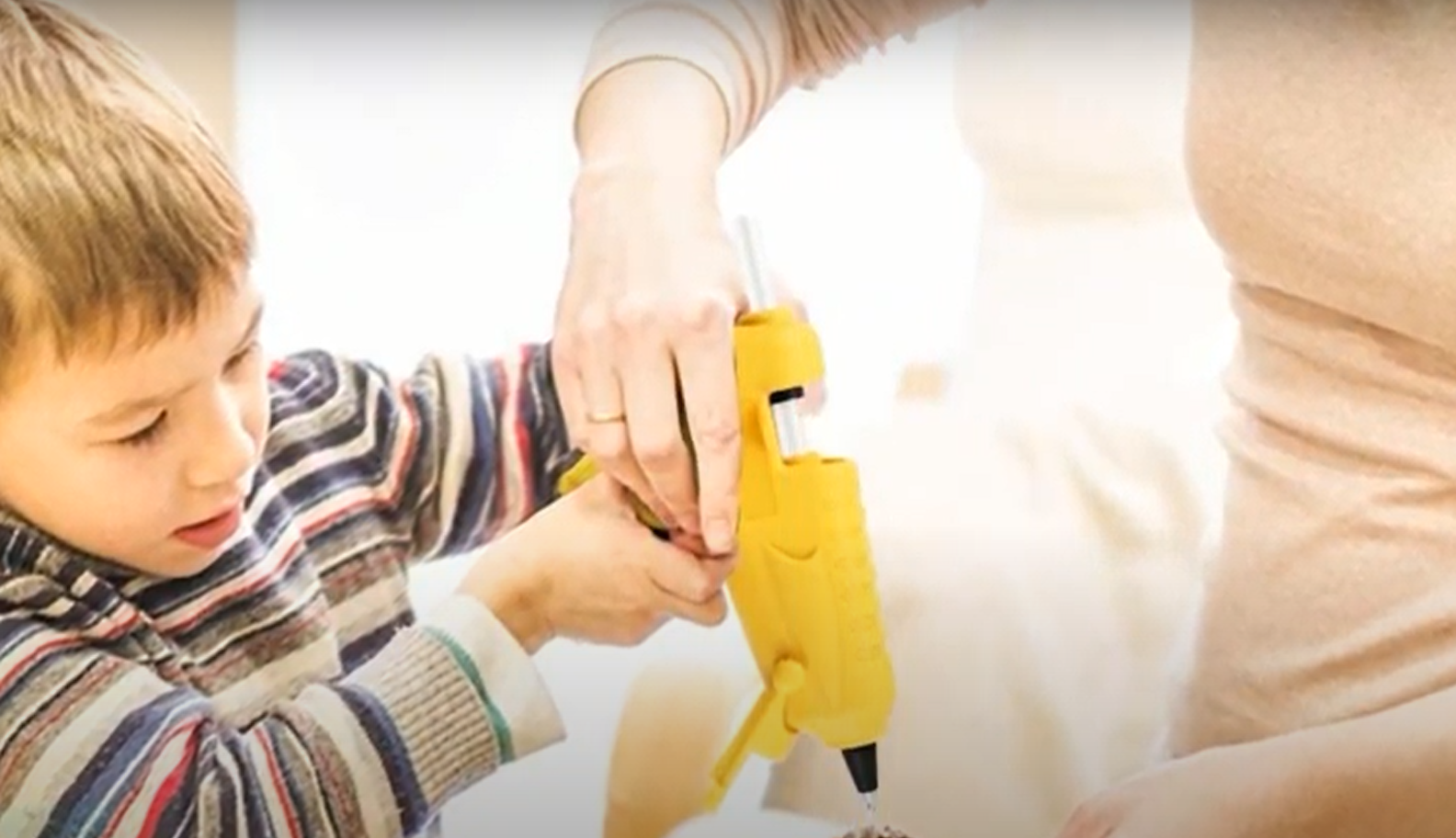
- Another type of alternative is specifically made for fabrics like clothing or tablecloths, etc. This kind of hot glue gun doesn’t use melting the adhesive itself but rather it uses high temperature to fuse fabric together while at the same time preventing them from burning up. It’s also very easy to control and one great thing about this tool is that you can easily clean off any excess residue by just placing your glued object into water (that’s why some products are even sold in kits with a bottle of water included). Also unlike other alternatives, they don’t get clogged so fast which makes them ideal for more delicate projects where you need precision workmanship!
- Another unique option comes as an aerosol spray adhesive since it doesn’t use any heat and it bonds instantly! It is perfect for a quick project or when you don’t have access to a traditional glue gun. It can be used on a variety of surfaces and it creates an instant bond, but the only drawback is that you need to hold things for about half a minute until the adhesive dries. However, this type of adhesive can be quite messy so make sure to use it in a well-ventilated area and always do a test piece before starting on your actual project. But overall, it is a great option to have in your crafting arsenal!
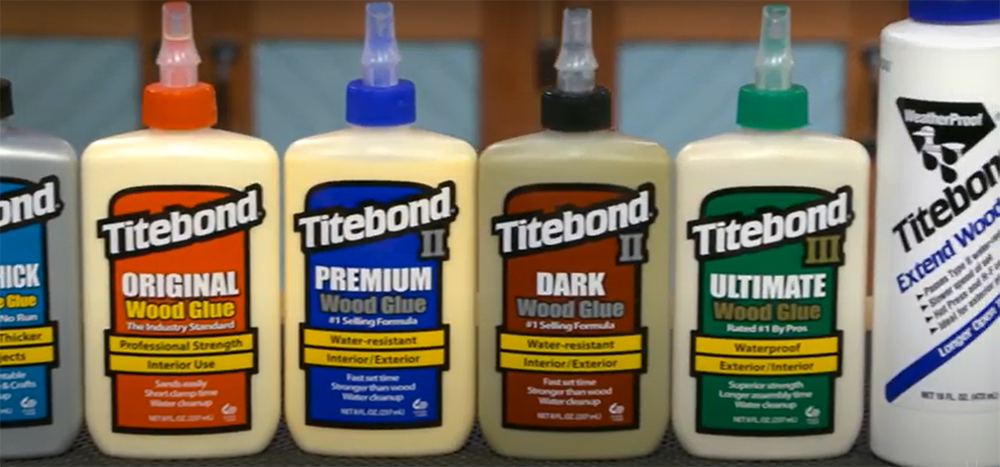
- The next variant is Two-Part Epoxy Glue which is usually used by professionals. It can be a bit tricky to use at first, but it’s very effective and you won’t have any problems with clogging since it doesn’t dry out as quickly as other types of glue! However, this option definitely isn’t the best for beginners so if you’re just starting out in your crafting journey then I would recommend going with PVA or hot melt glues first before moving on to epoxy alternatives.
- You could also try using Gorilla Glue which is known for its super strength and durability. It is ideal for outdoor projects like building decks or gardening because it creates an incredibly strong bond that’s water-resistant. It works on many different surfaces and it’s also very easy to use, just make sure you have enough time to let the glue dry because it can take a while! It’s perfect for bonding heavy items together and it’s also waterproof! The only downside is that it can be a bit difficult to use since Gorilla Glue expands as it dries so you need to make sure everything is in place before applying the adhesive. Otherwise, you might end up with a big mess on your hands (and an even bigger project to clean up).
- E6000 Glue is a very good alternative and it’s definitely worth trying out if you’re looking for something that’s incredibly strong. This adhesive comes in both liquid form as well as in the form of an aerosol so it can be used on many different surfaces! It has nearly zero odor, dries clear, and provides one of the strongest bonds possible (including glass to metal)! On top of all this, E6000 Glue has been dermatologist tested which makes it safe to use even around children or people with sensitive skin! However, keep in mind that this product might take up to 24 hours before fully dry but at least there won’t be any smell like when using other glues (it will eventually dissipate).

- One more option is Plastic Glue. It is probably the easiest alternative to a hot glue gun. It’s perfect for small, quick projects and it dries very quickly so you don’t have to wait long before starting on your next step! The only problem is that it might not be the best option for heavy-duty projects, but this doesn’t mean you can’t use it to bond together some small pieces of plastic or wood. However, plastic glue is not as strong as other alternatives so it’s better suited for lightweight objects.
- The last option is using glue dots, which are adhesive strips that come on an easy-to-use roll-like tape. They’re super convenient and very fast to apply but since they don’t get hot at all (and also don’t contain any harmful chemicals) it’s not ideal for projects where heat plays a big role (such as with fabric or plastic). It may also leave some residue behind so make sure to keep your project off of carpeted areas until the glue has dried completely.
Can you make a hot glue gun?
Many people also ask if you can make a hot glue gun. Yes, you certainly can! The process takes about 30 minutes and is actually very simple to do; however, there are some downfalls of making your own glue that you should consider first.
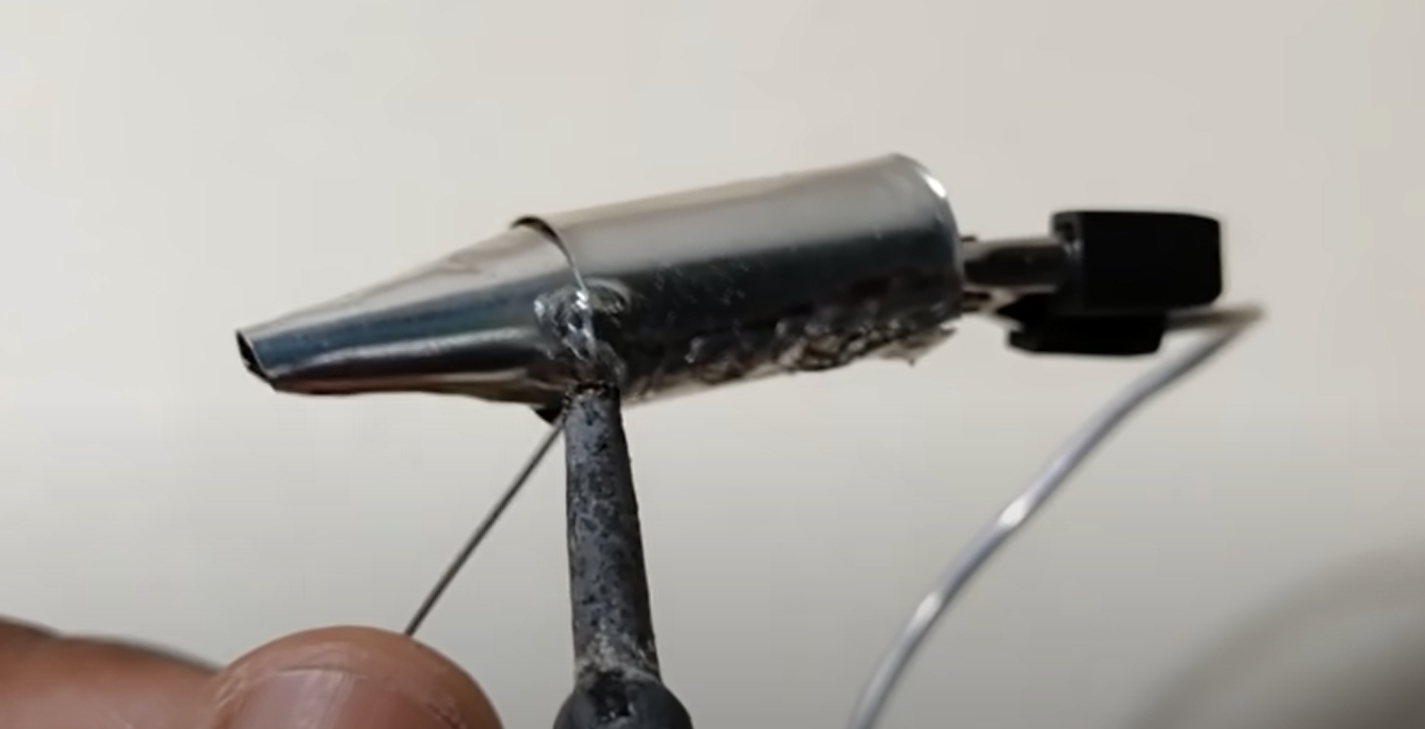
First of all, if it’s not done properly or if the temperature isn’t controlled correctly then it will either be too runny (which means that the adhesive strength won’t work), or worse yet, it could catch on fire because of excess heat. Keep in mind though that this does take practice so don’t get frustrated if at first yours doesn’t come outright. If anything it makes for fun science experiments with kids!
Another downside is cost – while these types of guns aren’t expensive normally they may be a little pricey to make yourself.
The other downside to homemade hot glue guns is the fact that they don’t always work as well as the store-bought variety. This is because commercially produced glue guns have been specifically designed for use with hot glue sticks and usually operate at a higher temperature.
However, if you’re looking for an alternative to using a commercial glue gun or are just curious about how to make your own, then read on for instructions on how to create your very own hot glue gun!
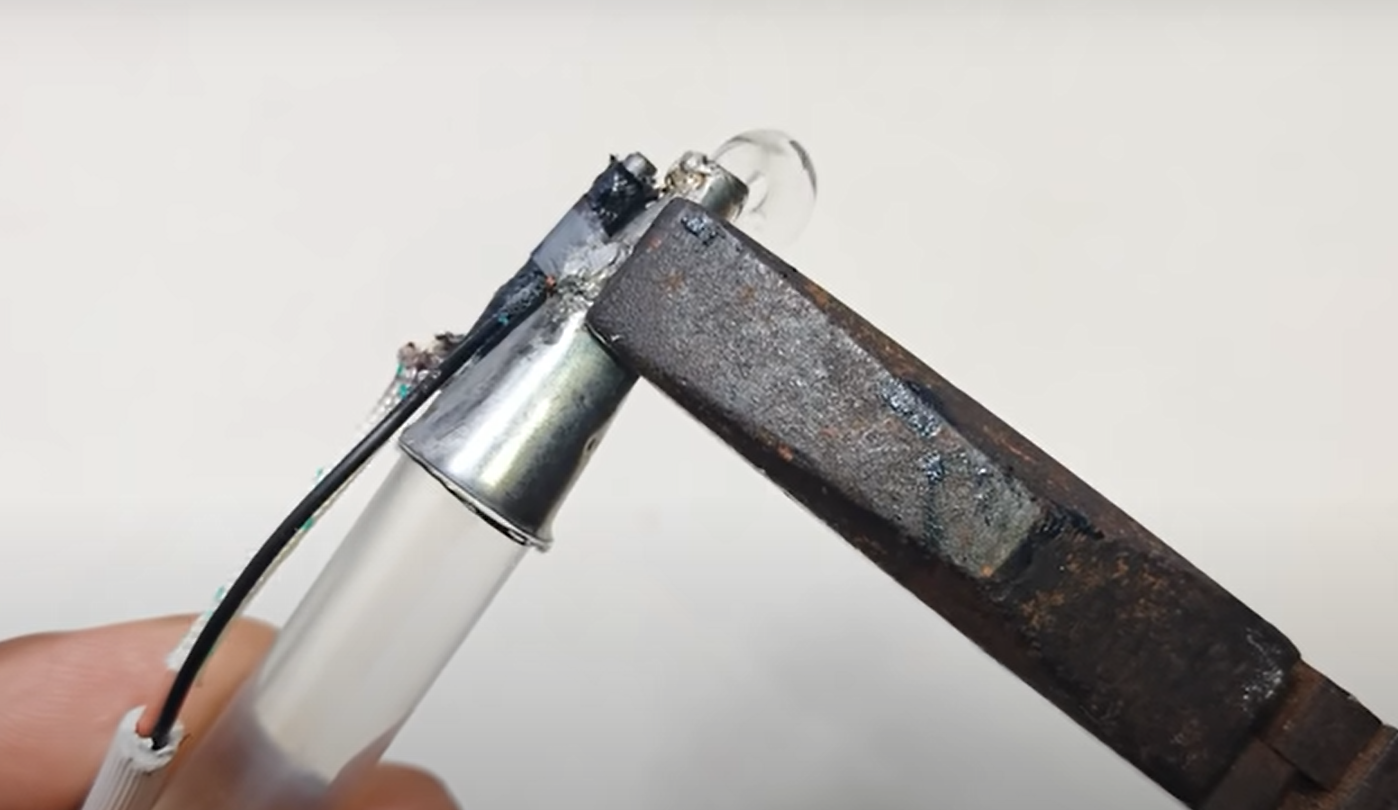
The following steps will walk you through the process of making your own hot glue gun. Please note that this is an advanced crafting project and should not be attempted by children.
Step One
Gather all materials needed to make a hot glue gun:
- A large-sized metal pot with a lid
- Wood shavings (at least a cup)
- A small metal rod (about the size of a chopstick)
- Glue gun sticks (at least 15)
Step Two
Remove the pot’s cover and set it aside. Drill a hole in the center of the pot lid that is large enough for the metal rod to fit through snugly.
Step Three
Fill the pot with water until it is about three-quarters of the way full and place it on the stove. Turn the heat up to medium-high and wait for the water to start boiling.
Step Four
Once the water begins boiling, carefully remove the pot from the stove and set it aside to cool for a few minutes. Then, place the metal rod in the center of the pot lid and use a pair of pliers to attach it. Make sure that it is tightly secured by twisting and turning the end with your pliers until you cannot twist anymore.
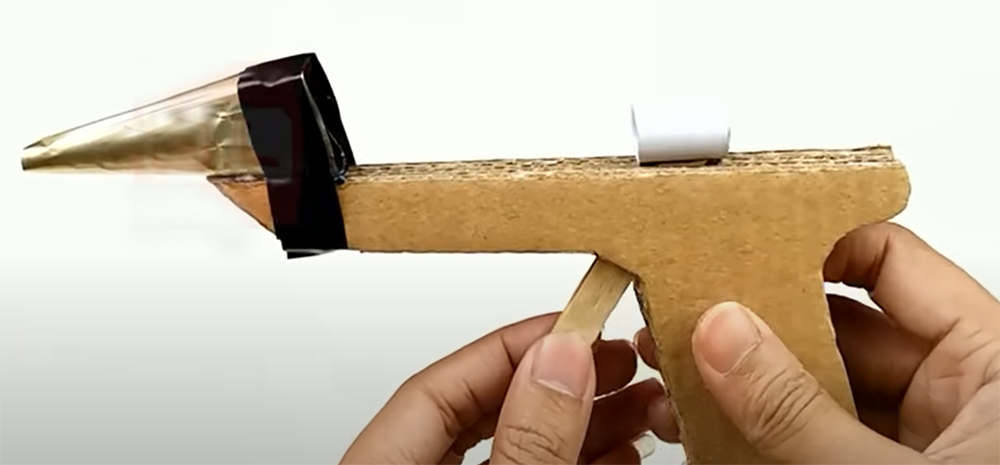
Step Five
When you can touch the hot glue gun without getting burned, pour about one cup of wood shavings and one glue gun stick into the pot. Place your new homemade hot glue gun on a heatproof surface to cool completely before using it, which should take about 20 minutes or so.
FAQ
Can you put crayons in a hot glue gun?
You can put crayons in a hot glue gun, but they will melt. You can use them to create colorful designs on projects.
Can you use wood glue instead of a hot glue gun?
Yes, you can use wood glue instead of a hot glue gun. Wood glue is thicker than hot glue and takes longer to dry, but there is no risk of the wood glue heating up in the gun.
What can you glue with a glue gun?
A glue gun is an easy way to fasten items together. You can use it to attach paper or fabric, for example, and you can even put beads on the end of a string with hot glue if that’s your preference.
How long does it take for hot glue to dry?
Hot glue dries relatively quickly, usually within a few minutes. However, it is not as strong as some other types of glue and can be easily damaged if mishandled.
Is hot glue toxic?
No, hot glue is not toxic. It does release fumes when it’s heated up, but they are not harmful. Make sure to use caution when heating up the gun and avoid breathing in any fumes.
How do you make homemade glue?
You can make homemade glue by mixing flour and water, which is a great way to recycle items you would otherwise throw away. It takes about 24 hours for the mixture to set, but it will dry out quickly once this happens.
Can you use paint as glue?
Paint can be used as glue in a pinch, but it is not the best option. It will take a while to dry and may not hold very well. If you’re looking for an alternative to hot glue, try wood glue or white school glue instead.
Can nail polish be used as glue?
Yes, nail polish can be used as glue. Just apply the nail polish to the object you want to attach and let it dry before attempting to use either one again.
Useful Video: How to Make a Hot Glue Gun at Home – DIY GLUE GUN
Final Thoughts
I hope this article has given you a good idea of what to use instead of a hot glue gun. In the future, don’t be afraid to try something new or different in your arts and crafts projects! You never know what might work if you keep trying.
In general, my favorite alternative for hot glue is E6000 because it holds so well without running all over everything else when applied correctly. If you want a more natural substitute that still works great but doesn’t have quite as strong a hold then I recommend using beeswax with an adhesive like honey or molasses mixed into it (and maybe some essential oils). These won’t last nearly as long though since they are not permanent glues by nature, so be mindful of that if you’re using them for a project you plan to keep around for a while.
What are your favorite alternatives to hot glue? Let us know in the comments below!
But whatever you do, have fun with it and experiment! Happy crafting 🙂


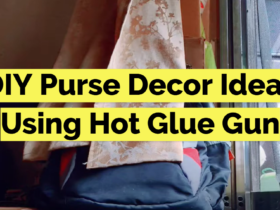
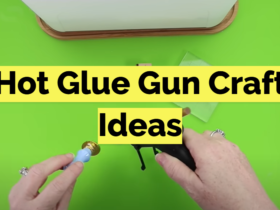
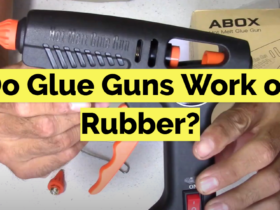
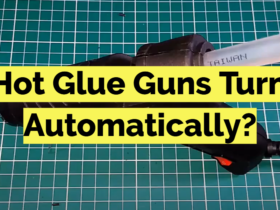
Leave a Reply